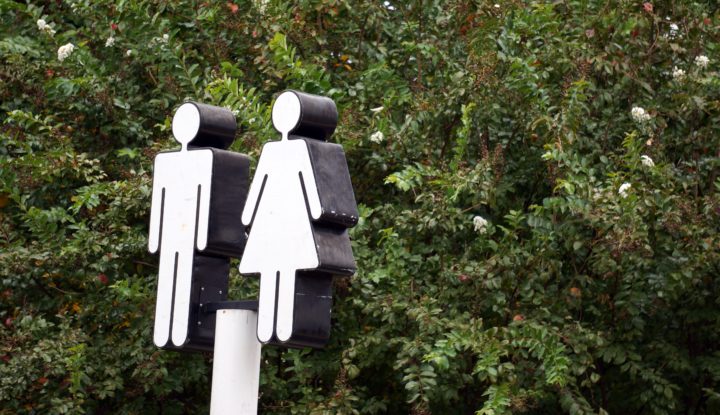Earlier this month the Court of Appeal ruled that Al-Hijrah School, a co-educational Muslim school in Birmingham, has been acting unlawfully in segregating boys and girls for the entirety of their school lives. The ruling, which overturned a previous decision by the High Court and is expected to also affect a number of other schools, stated that such segregation is unlawful because it discriminates against both girls and boys equally, limiting the social development of each by denying interaction with the opposite sex.
What the court did not do, however, was rule that such segregation subjects girls specifically to less favourable treatment, as was also contended by Ofsted and its lawyers. In the opinion of many, this was a mistake, given the religious reasons for enforcing the segregation and the evidence cited in the court regarding the views on the role of women espoused by the school.
One of these ‘many’, as it happens, was Lady Justice Gloster, one of the three judges hearing the case. In her dissenting opinion, she makes clear that while the segregation undoubtedly discriminates against both girls and boys (in the way outlined above), it also discriminates against girls specifically. As she stated:
‘In my judgment, it is not difficult to conclude that in such circumstances, and against the background of the past history and current reality of gender relations, not only generally in UK society, but also in the cultural and community context of this particular School, segregation on grounds of sex necessarily endorses gender stereotypes about the inferiority of women or their perceived place in a society where predominantly men exercise power.’
This, to my mind, is difficult to argue with, and while it did not make into the court’s majority ruling (Gloster was overruled by her two male colleagues), it does open up a line of questioning that could yet be explored in the courts.
Let us assume that the other schools in the country affected by this ruling, those co-ed schools that similarly gender segregate their pupils, will now each apply to form two distinct single-sex schools (this has been suggested). There is nothing in the ruling of the court, as was, that would prevent this from happening.
However, if we accept, as Lady Justice Gloster did, that the segregation of girls and boys is more detrimental to girls, and that it is a symptom of a discriminatory and even misogynistic religious ethos, one wonders how much better off the girls will be in a single-sex school as opposed to a segregated co-ed one. Indeed, they may even be worse off. What a mockery that would make of the court’s ruling.
It would simply be a single-sex school providing an education that discriminates against its female pupils on the grounds of their gender
The question that Ofsted and the Department for Education ought to be asking themselves, therefore, is should we allow schools like Al-Hijrah to simply split in two? The answer may not be as straightforward as some are trying to make out.
The Equality Act 2010 does contain an exemption for single-sex schools, and for this reason various stakeholders have gone to some lengths to make clear that this ruling does not affect existing single-sex schools. However, this exemption only applies to those sections of the Act that prohibit discrimination in school admissions. For obvious reasons, single-sex schools are not exempt from the prohibitions on gender, or any other, discrimination more generally, including in what pupils are taught.
The significance of this is that if a school like Al-Hijrah splits and the educational experience at the resultant girls’ school is different to that which is enjoyed at the equivalent boys’ school, the exemption in the Equality Act is unlikely to allow for this. It would simply be a single-sex school providing an education that discriminates against its female pupils on the grounds of their gender.
In fact, to push it even further, it might not even be necessary to compare a girls’ school to a particular/related boys’ school if the evidence clearly pointed to an ethos that reinforced gender stereotypes and limited the opportunities of girls. Even existing single-sex schools could find themselves in trouble if they are teaching in discriminatory ways.
The corollary question that Ofsted and the DfE might ask, then, is should any school that espouses such an ethos be allowed to operate? And if not, as I would contend, just how many religious schools ought to be shut down?
